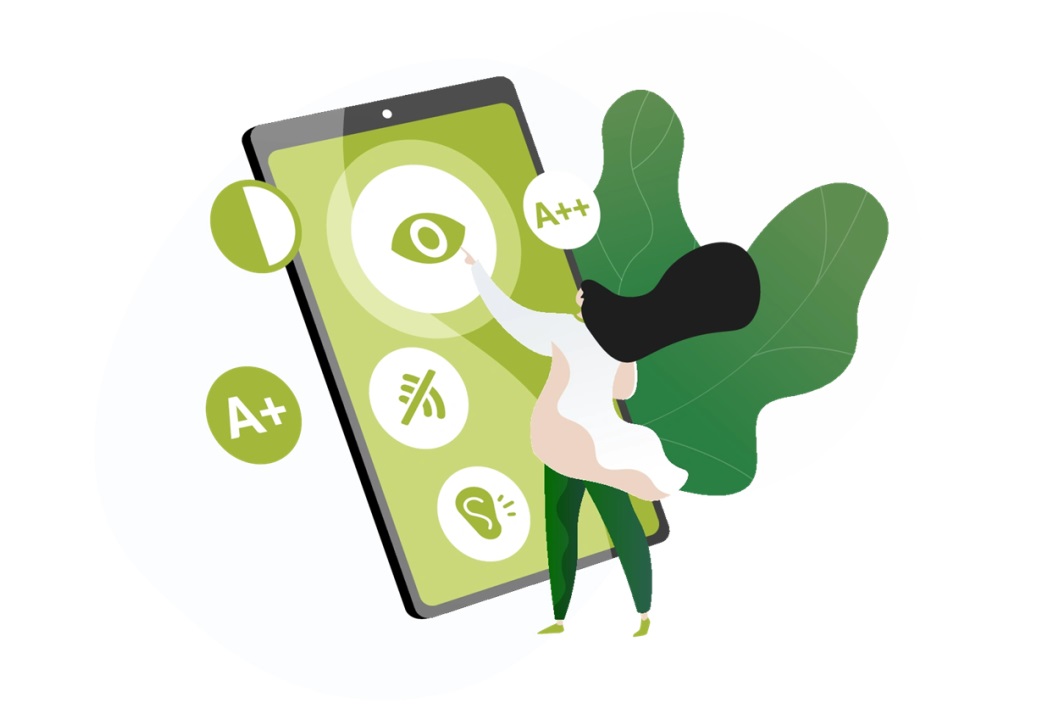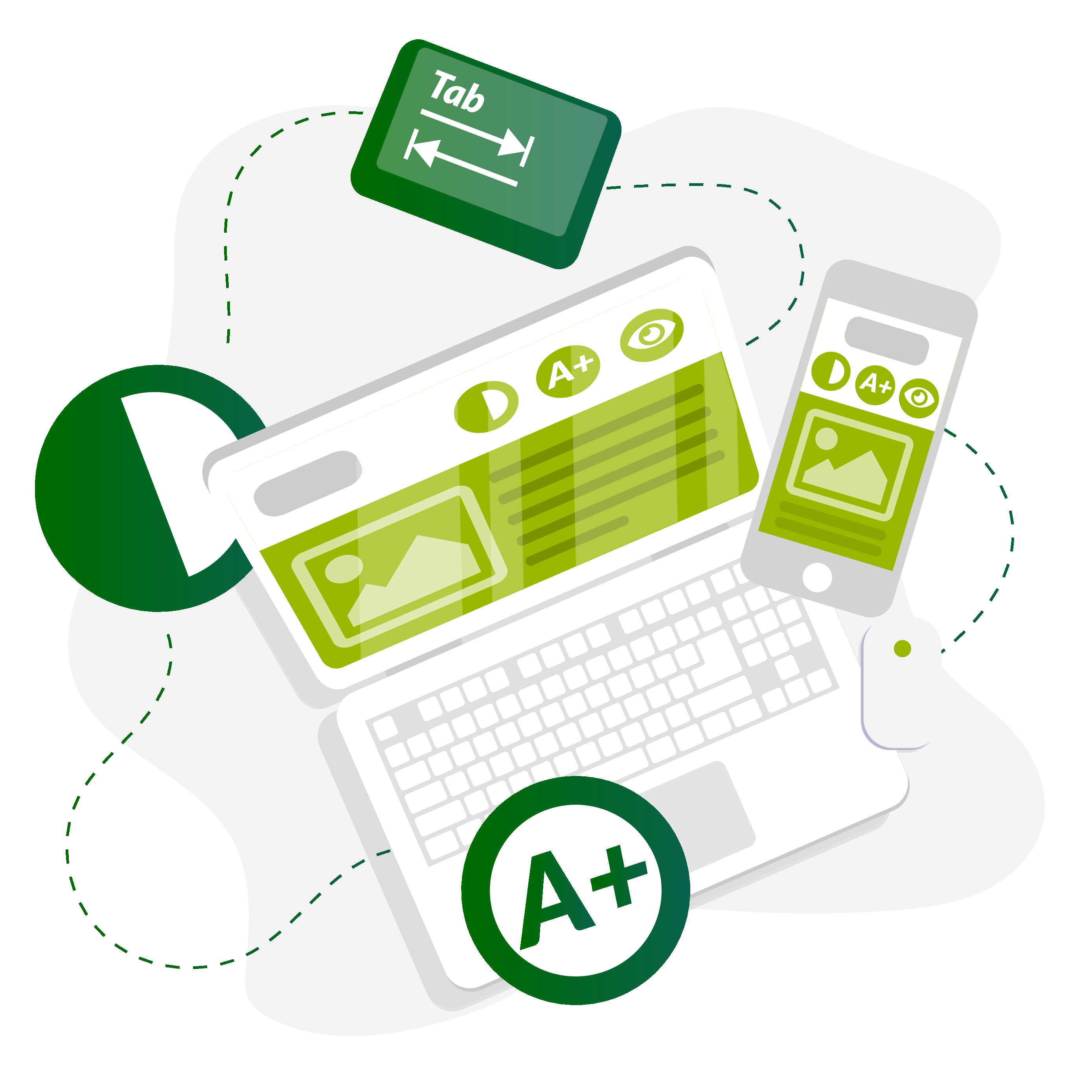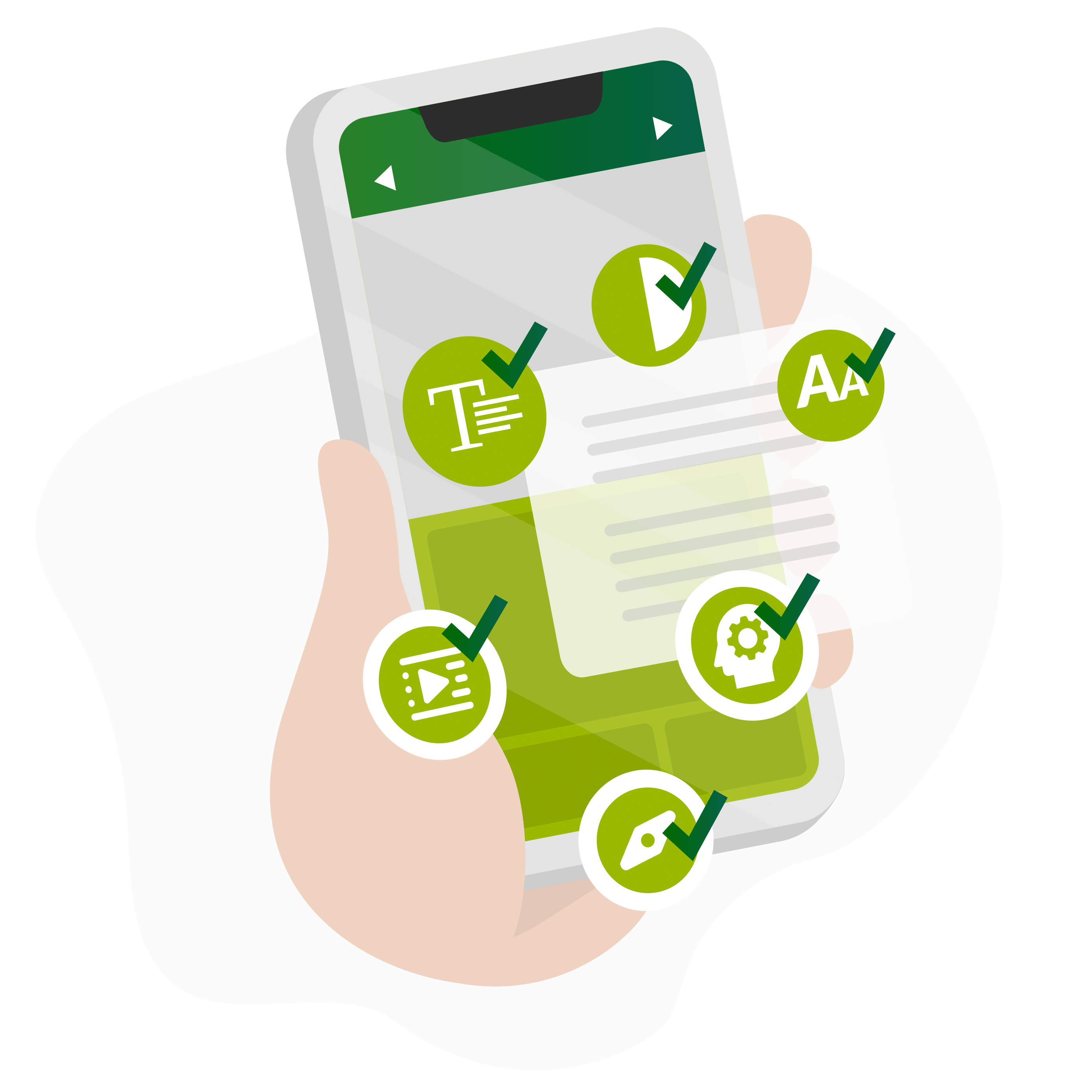WCAG 2.1 - practical solutions
Digital accessibility principles according to WCAG 2.1 provide practical solutions that will make a website more friendly to people with disabilities. These include the ability to enlarge the page view, changing browser settings or compatibility with assistive technologies for people with visual impairments. It is also worth taking care of recordings in sign language, audio descriptions and extended captions.
It is also important to properly adjust the contrast: at least 4.5:1 for body text and 3.0:1 for large text. The main problems with implementing the standards result from the outdated structure of the pages and the lack of technical competence in accessibility.
WCAG 2.1 Competencies
The complexity of some aspects of digital accessibility combined with the evolution of WCAG guidelines (the first edition of the recommendation, WCAG 1.0, appeared in 1999) leads to the conclusion that it is best to entrust independent improvement of a website, or its adaptation to at least a basic level of accessibility, to professionals. The website of a primary school or a municipal office will look different when it is handled by a random person than when the matter is entrusted to an agency familiar with both improvement techniques and the legal side of the WCAG guidelines. In addition to typical IT services, the appropriate interpretation of the provisions of the Digital Accessibility Act is also important here, as well as the possibility of conducting an audit of the user-friendliness of the website and obtaining an accessibility declaration, i.e. a document confirming the adaptation of the website to the WCAG guidelines.

















